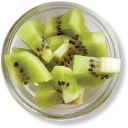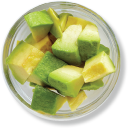How to feed your toddler
- Home
- Ellyn Satter
- Toddler / Preschooler
- Toddler
- How to feed your toddler


Your toddler will eat best when you do your jobs with feeding and let him do his jobs with eating. Your jobs are to choose the food, get meals on the table, and eat with him. His jobs are to eat—or not eat. Put him in a high chair or booster seat, lay something on the floor to catch spills, and let him join in with the family meal. He can eat most foods other people eat. Don’t ask him what he wants to eat—he is too little to know.







© Ellyn Satter
Side-Lying Hold
This hold is useful when:
Cross-Cradle Hold
This hold is useful when:
Clutch or “Football” Hold
This hold is useful when:
Cradle Hold
This hold is useful when:
Laid-Back Hold
This hold is useful when: